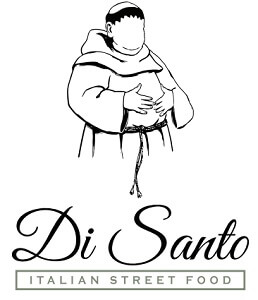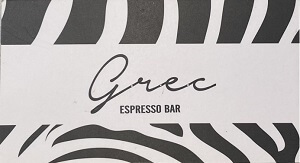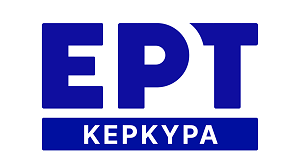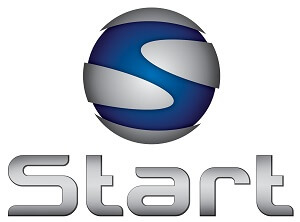The presentation concerns an ongoing practice-based research which aims to explore the ways in which filmic narrative emergence may be manipulated, altered and deconstructed, by providing techniques that allow to present animated film narratives in a fragmentary, aleatory, multicursal or nonlinear way. These techniques are made possible through a series of software which will be created in the framework of the research. The software will function as modulable, dynamic, multicursal or nonlinear systems of arranging an animated film’s parts (scenes, shots and individual frames) in various orders while presenting them. A series of artworks will be created with the use of these software, intended to be presented in an exhibitional context (either as video installations or as simple screenings).
This presentation covers the theoretical background of the research, grounded in narratological concepts[1], literary theory [2], film theory [3], screenplay theory[4] and video game narrative theory[5]. It presents the basic principles upon which the research is constructed. By reading the aristotelian principles of order and magnitude[6] under the light of the concepts of narrative transportation[7] and suspension of disbelief[8] and making use of the logic of open world games, the research proposes an approach to film narrative which differs from what Noel Burch calls the institutional mode of representation[9], and moves more towards a filmic experience which provides a disarticulated yet narratively coherent content.
At the end the presentation proposes examples of the practical applications provided as solutions to the research questions: a set of artworks created in this process. These will be briefly presented and discussed.
Keywords
Animation, film, narrative, storytelling
References
[1] Chatman, S. (1978). Story and Discourse, Narrative Structure in Fiction and Film. Cornell University Press
Genette, G. (1980). Narrative Discourse, An Essay on Method. Cornell University Press
Puckett, K. (2016). Narrative Theory, A Critical Introduction. Cambridge University Press
[2] James, H. (2019). The Art of Fiction. Global Grey Books
[3] Bazin, A. (2005). What is Cinema? Vol.I. University of California Press
Bordwell, D(1985). Narration in the fiction film. The University of Wisconsin Press
Kuleshov, L. (1974). Kuleshov on Film: Writings of Lev Kuleshov (Selected, translated and edited by Ronald Levaco). University of California Press
Metz, C (1974). Film Language, A Semiotics of the Cinema. The University of Chicago Press
[4] Field, S. (2005). Screenplay, the foundations of screenwriting. Delta Books
[5] Aarseth, E. J. (1997). Cybertext: Perspectives on Ergodic Literature. The Johns Hopkins University Press
Bates, B. (2004). Game Design. Thomson Course Technology PTR
Landow, G.P. (1992). Hypertext, The Convergence of Contemporary Critical Theory and Technology. The Johns Hopkins University Press
[6] Aristotle (1996). Poetics, Translated with an introduction and notes by Malcom Heath. Penguin Classics
[7] Gerrig, R (1998). Experiencing Narrative Worlds. Westview Press
Green, M.C. & Brock, T.C. (2000). The Role of Transportation in the Persuasiveness of Public Narratives. Journal of Personality and Social Psychology, Vol. 79, No. 5, pp. 701 - 721
[8] Coleridge, S.T. (1985). Biographia Literaria:Biographical Sketches of my Literary Life & Opinions. Princeton University Press
[9] Burch, N. (1990). Life to Those Shadows. University of California Press
Back
SPONSORS
 Agora Restaurant Grill House
Agora Restaurant Grill House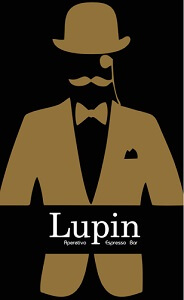 Lupin Aperitivo Espresso Bar
Lupin Aperitivo Espresso Bar




